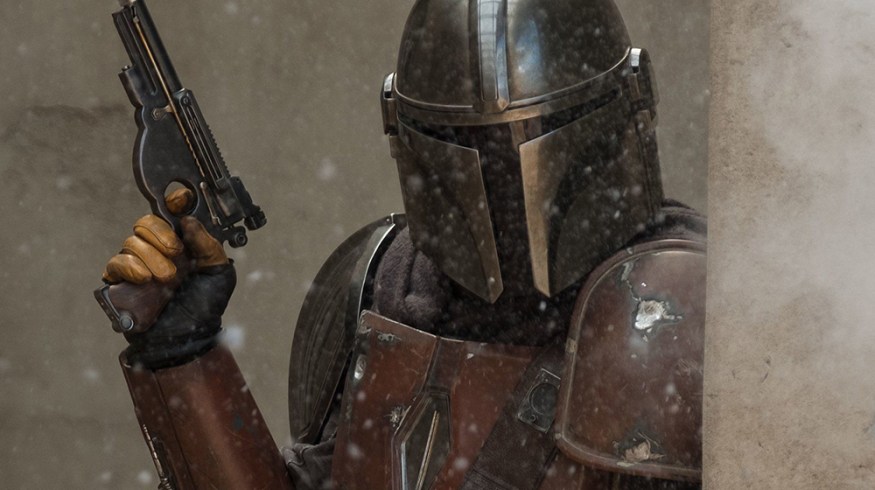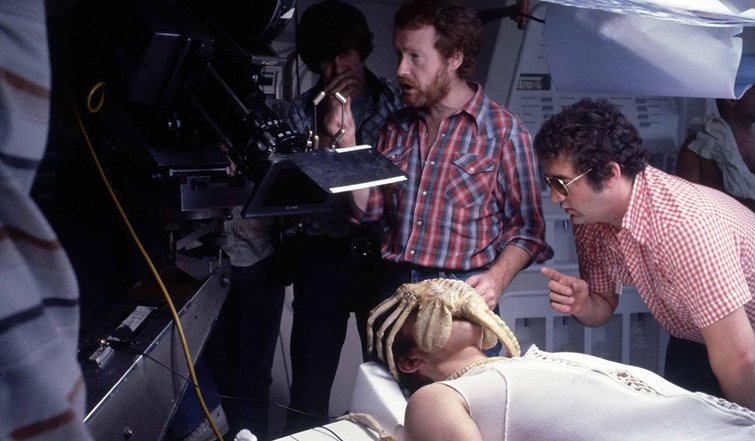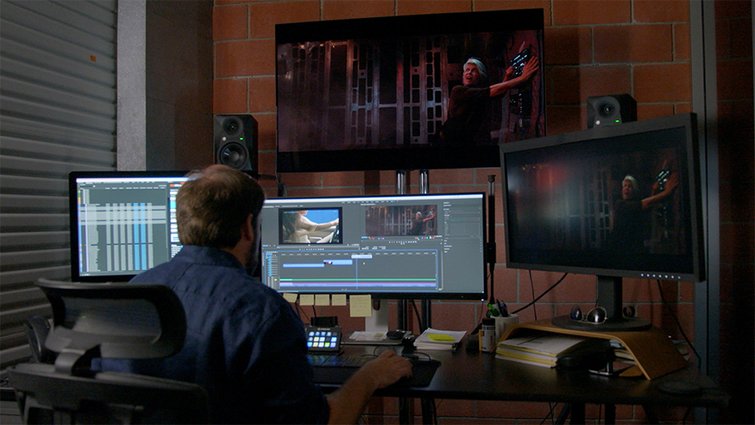
7 Filmmaking Insights from Modern Film and Television
What better way to learn filmmaking than from the best. Let’s take a look at some of the principles we can gather from modern films and television.
For those who are serious about the craft, filmmaking is not just a job, but rather an art. And while this might seem obvious when you’re talking about Martin Scorsese or the Safdie brothers, it becomes a little less serious when you start talking about more popular mainstream and comedic filmmakers like Jon Favreau or Danny McBride.
And once you start talking about your own projects, whether they are narrative shorts, corporate recruitment videos, or wedding films, it often feels like we’re talking about completely different worlds. Yet, if you view filmmaking as an art form, then just picking up a camera for a weekend shoot puts you in the same boat as some of the filmmaking greats.
Here’s how you, too, can apply their knowledge into your daily film and video content production techniques.
1. Camera Movement in The Irishman

Martin Scorsese’s approach to his latest film, The Irishman, made it an instant classic. Image via Netflix.
Martin Scorsese’s $160 million Netflix-produced film — The Irishman — was an instant classic. And, while it’s notable for the use of CGI de-aging technology, filmmakers can take a great deal of advice and inspiration out of the (nearly four hours) iconic auteur’s legacy-capping features. In particular, look at the cinematography employed by Scorsese and DP Rodrigo Prieto in creating their “heightened naturalism” through the use of camera movement, technocrane, and CGI. You can read more in-depth about the aesthetic and how to apply it to your own cinematography style in this full article here.
2. Kinetic Filmmaking Energy from the Safdie Brothers

The Safdie brothers’ kinetic approach to filmmaking adds a sense of urgency and suspense to their intentionally nerve-racking films. Image via A24.
More on the indie side of filmmaking, as opposed to The Irishman, the up-and-coming Safdie brothers turned heads with their Good Time follow-up Uncut Gems, starring Adam Sandler and Kevin Garnett. In the process, they introduced more mainstream audiences to their high-energy style of kinetic filmmaking. Sure it might not be best for every project. But, learning to understand how the Safdies added urgency, suspense, and anxiety can be a valuable tool in your filmmaking style book. You can read more in the full article here.
3. The Practical Effects of The Mandalorian

Favreau’s use of stagecraft made The Mandalorian seem like a big-budget production. Image via Disney.
Released as one of the brightest diamonds in the new Disney+ streaming service, Jon Favreau’s Star Wars television sci-fi western The Mandalorian has proven that playing with genre and different styles can make familiar franchises feel new and fresh. While no means a DIY production, Favreau was faced with turning down his big-budget production pyrotechnics to emphasize more stagecraft vs. green screen effects. You can check out more examples of the filmmaker’s practical and creative effects in this full write-up here.
4. Filmmaking Lessons from the Making of Alien

The 1979 film classic, Alien, still holds true to modern filmmaking. Image via American Cinematographer Magazine.
Taking a look further back in the history of cinema, Ridley Scott‘s sci-fi classic Alien has truly stood the test of time as the textbook example of harrowing and suspenseful filmmaking. Yet, as you can see in the recently released documentary, Memory: The Origins of Alien, once you lift the veil on some of the all-time classics, you can witness just how much the filmmakers struggled and worked to find their vision. Check out more about Scott’s directing choices, Dan O’Bannon‘s scripting, and even see how they shot the infamous “chest burster” scene in the full article here.
5. Non-Linear Storytelling in Watchmen
Another big hit of 2019 was HBO’s reimagining of the famous Alan Moore-penned graphic novel Watchmen. While already adapted as a movie in 2009, the new series certainly took a page from the original source’s flair in its heavy use of non-linear storytelling devices. Tracing the roots back to novelist William S. Burroughs, and through other non-linear films like Pulp Fiction and Memento, you can read more about the storytelling and filmmaking device in the full write-up here.
6. Collaborative Directing Styles in The Righteous Gemstones

The challenges for a multi-director series only heightened the creative genius behind The Righteous Gems. Image via HBO.
Here’s one for anyone interested in television, serial, or episodic content. Many of the challenges of modern film and video originate from the crossing between different directors, filmmakers, and creative visions. Taking the HBO series The Righteous Gemstones as an example, the series was notable for its collaborative directing styles between creator Danny McBride and fellow directors Jody Hill and David Gordon Green. And, while the trio have worked together for years, you can read more in-depth into how distinct creative minds can individually — and collectively — tackle such an ambitious project in this full article here.
7. Editing and Post-Production Choices in Terminator: Dark Fate

The collaborative work in editing Terminator: Dark Fate attributes to the ingenuity of the film. Image via Adobe.
And finally, let’s not bury the importance of editing and post-production process. You can actually learn a great deal about your own editing workflow and style from the biggest modern blockbusters. And no brand or franchise is bigger than the larger-than-life Terminator film series, which saw the release of Terminator: Dark Fate in 2019. It’s cool to peek behind the scenes to see how the director, editor, associate editor, and visual effects editor all worked in collaboration, using many of the exact same Adobe Creative Cloud tools you’d use on your own projects, just on a much bigger scale. You can watch the BTS featurette and gleam some more insights in the full article here.
Cover image via Disney +.
Want more filmmaking inspiration, insights, and interviews? Check out some of these articles below.







